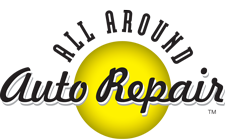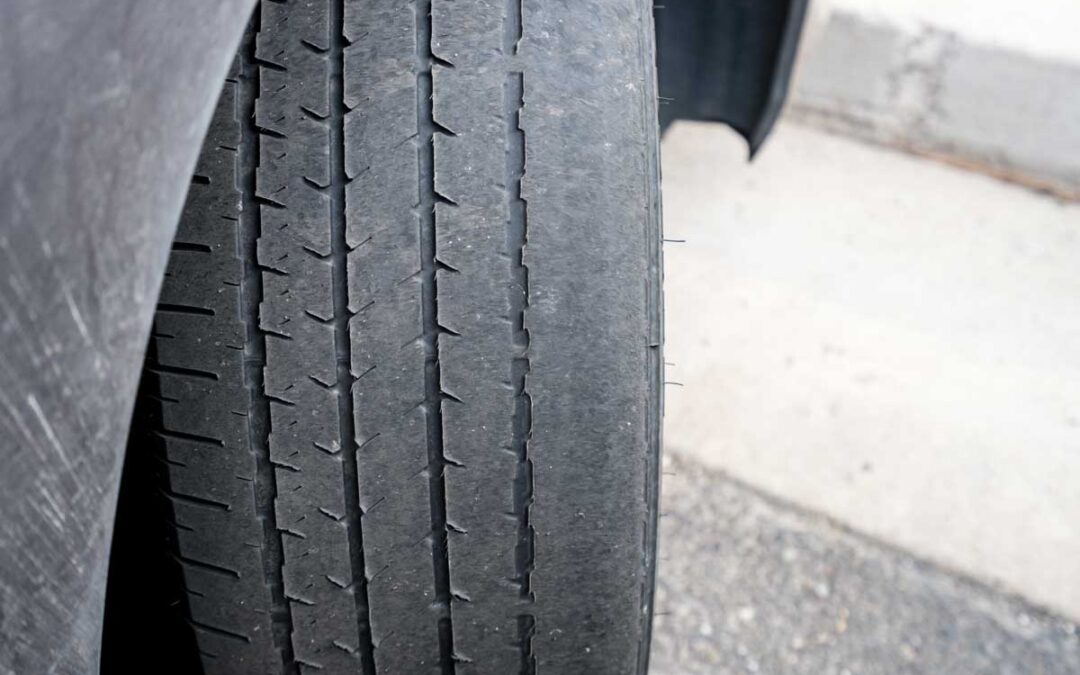Wheel alignment is one of those things that you’re not sure that you need until you go without it for too long – kind of like a nice, warm bath! Because wheel alignment can go by many different names, like “tracking” and the more ambiguous term “braking,” you might even be unclear about what wheel alignment entails.
What the Heck is Wheel Alignment Anyway?
In essence, wheel alignment is adjusting the angles of all four of your vehicle’s wheels to the manufacturer’s standards.
Since so many of today’s vehicles have advanced driver assistance systems (e.g., electronic stability control) that depend on proper alignment, fixing mechanical alignment issues and getting an electronic reset from All Around Auto Repair post-alignement is essential.
Getting an alignment reduces tire tread wear, which can improve the safety of your ride and increase the longevity of your tires, and can help give you a “truer” alignment.
Car owners who go too long without a wheel alignment (a key component of vehicle maintenance, after all) often find that their vehicle “pulls” to one side or the other – that’s neither efficient nor safe!
Symptoms of Wheel Alignment Issues
One of the first things to realize about alignment issues is that they might not be entirely in your control.
A vehicle’s tracking can get off-kilter because of pothole-ridden roads – there’s not much you can do when you have to be in one particular lane and you see a pothole the size of Wyoming coming up. Brace for impact!
Then again, you literally might not have even seen the cause of your alignment issues coming. Running over a curb one too many times while parallel parking can cause your vehicle’s alignment to get out of whack, but there are subtler, somehow stranger causes for alignment issues.
Having too much weight in your trunk can lower your vehicle’s height and throw off alignment. Taking All Around Auto Repair can also throw off your alignment by putting undue stress on your steering and suspension systems.
Too many curb shots like that can cause your vehicle to feel as though it is pulling heavily to the right or the left when you should be going straight. That’s the most obvious sign of an alignment issue.
Less obvious signs are uneven tire wear (n.b., more on camber wear below) or your tread getting worn down much more than it should based on when you purchased your latest set of tires.
Camber, Toe, and Caster: A Painless Explanation
The camber is the inward and outward angle of your tires when viewed from the front whereas the toe is the extent to which your tires appear to curve inward or outward from above.
In the wheel alignment sense, think about the toe alignment as how your tires would appear if they were your feet and you were looking down. That’s the aptly named toe view with alignment.
The caster is probably the hardest part to understand – the caster is the angle of your vehicle’s steering axis as it appears from the side. What you need to know is that getting your caster properly aligned is critical for steering, cornering, and stability on the highways and byways.
If you notice that the inside and outside of your tires are more worn than the center, then you could be talking about “camber wear.” More generally, squealing tires and a crooked steering wheel when you’re apparently driving straight are tell-tale signs that something isn’t quite right and that you need to take your vehicle in to All Around Auto Repair for an alignment appointment.
The front and rear of your vehicle will be adjusted according to your manufacturer’s camber, caster, and toe angles by ASE-certified, experienced mechanics when you make the pit stop.
For wheel aignment, tire balancing, and tire rotations, schedule an appointment today with All Around Auto Repair.


